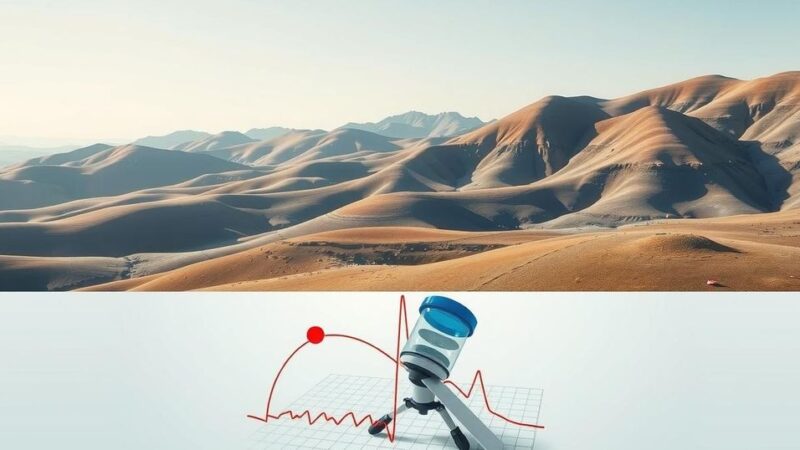The onset of 2025 has brought intense weather events, including severe winds and record-breaking wildfires in Southern California, as well as significant snowfall in other regions. Scientists report that climate change is influencing global temperatures and extreme weather events, which has become increasingly detectable over the past decade. However, not all unusual weather can be attributed to climate change. Techniques in climate science now allow for the connection between human-induced climate changes and specific weather phenomena to be explored more thoroughly than ever before.
In the early months of 2025, the world witnessed an array of extreme weather phenomena, including extraordinary wind gusts in Southern California that fueled unprecedented wildfires and severe winter storms blanketing the Mid-Atlantic and Southern regions of the United States. As global scientists confirmed, 2024 marked the hottest year recorded, predominantly attributed to human-induced climate change. While traditional views held that individual weather events could not be explicitly connected to climate change, recent advancements in atmospheric science have allowed researchers to assess the influence of climate change on significant weather events, including hurricanes and heatwaves.
Not every fluctuation in weather can be directly linked to climate change. However, the global rise in temperatures is becoming evident in various extreme weather occurrences, as elucidated by Justin Mankin, a climate scientist at Dartmouth College. He suggests that the current trends in climate are crafting novel weather patterns that were previously unseen. The distinction between weather and climate is intricately explained by climate scientist Danielle Touma of the University of Texas, Austin, who likens climate to a closet full of seasonal clothing, while daily weather choices reflect immediate conditions.
Climate refers to the average weather conditions over a span of 30 years, where isolated instances of unusual weather contribute but do not dominate the overall average. Deepti Singh, a climate scientist from Washington State University, anticipates that the fluctuation of daily weather patterns will continue to exist as climate change progresses. The rise in Earth’s average temperature—approximately 1.3 degrees Celsius since the mid-19th century due to extensive fossil fuel combustion—has led to a gradual but pervasive influence on daily weather, even if the effects may not be readily apparent.
Notably, areas such as Michigan and Ohio exhibit a reduction in freezing days, with a significant decrease of more than a week occurring since the onset of climate change. In addition, the frequency of heatwaves across the U.S. has more than tripled since the 1960s, underscoring the alterations in climate and their resulting impact. Furthermore, climate change disrupts complex atmospheric and oceanic patterns, producing extraordinary weather scenarios that were not previously documented. For instance, the intense heatwave that struck the Pacific Northwest in 2021 could be directly linked to climate change, which established novel atmospheric conditions.
Scientific techniques known as detection and attribution have emerged over the past decade, enabling researchers to utilize climate models to simulate conditions without human intervention. By comparing real-world scenarios with these models, scientists determine the extent to which human activities—such as fossil fuel consumption—have augmented the severity and likelihood of specific weather events. Evidence suggests, for example, that Hurricane Helene’s rainfall intensity was increased by 10% due to climate change, while its occurrence was at least 40% more probable than in a climate untouched by human interference.
In conclusion, while not every instance of bizarre weather can be traced back to climate change, the overarching trend of rising global temperatures and their impact on atmospheric conditions is becoming increasingly vivid. Advancements in scientific research allow for a clearer understanding of these connections, indicating that human activity does play a significant role in shaping current weather patterns.
The complex relationship between weather abnormalities and climate change has been the subject of extended research and debate. Historically, climate scientists were hesitant to link individual weather events to climate change, but recent advances have provided deeper insights into how human activities, particularly those leading to increased greenhouse gas emissions, are affecting weather phenomena. Understanding this relationship is critical for informing policy and public awareness regarding climate impacts and the urgency for mitigation efforts.
In summation, while extreme weather events may not always stem from climate change, there is a clear and growing body of evidence indicating that rising global temperatures are influencing these phenomena. Techniques such as detection and attribution have facilitated a better understanding of the human impact on weather patterns, highlighting the significant role that human actions play in the broader context of climate change. This insight is vital for addressing future environmental challenges.
Original Source: www.knba.org






